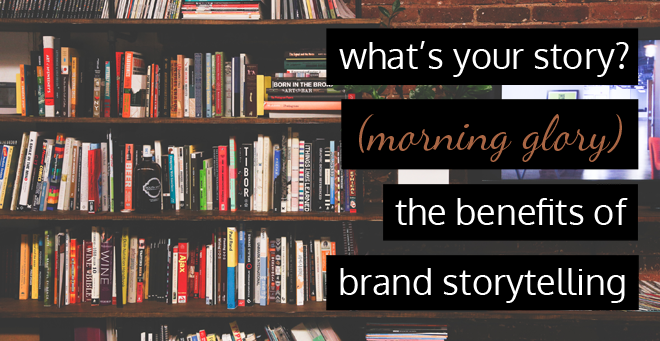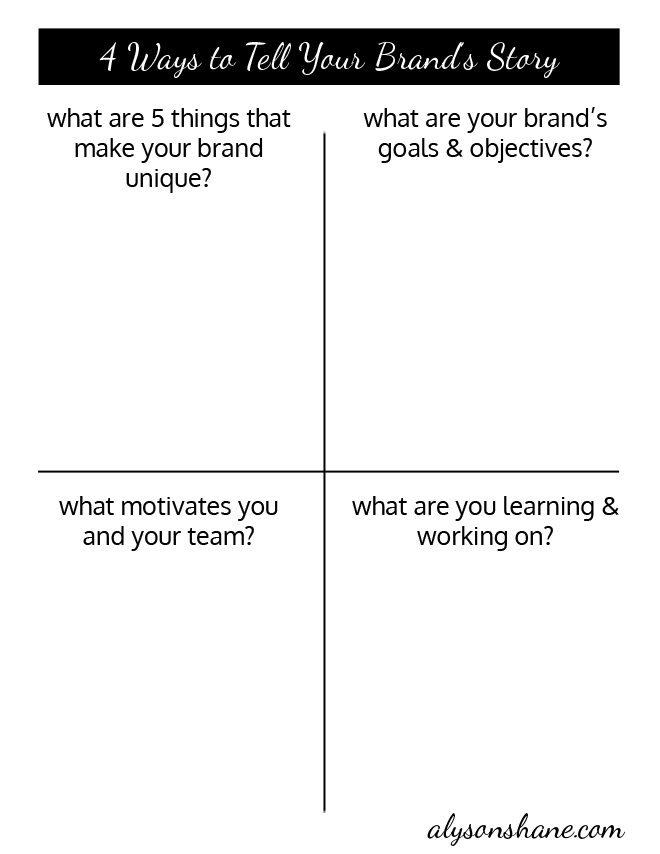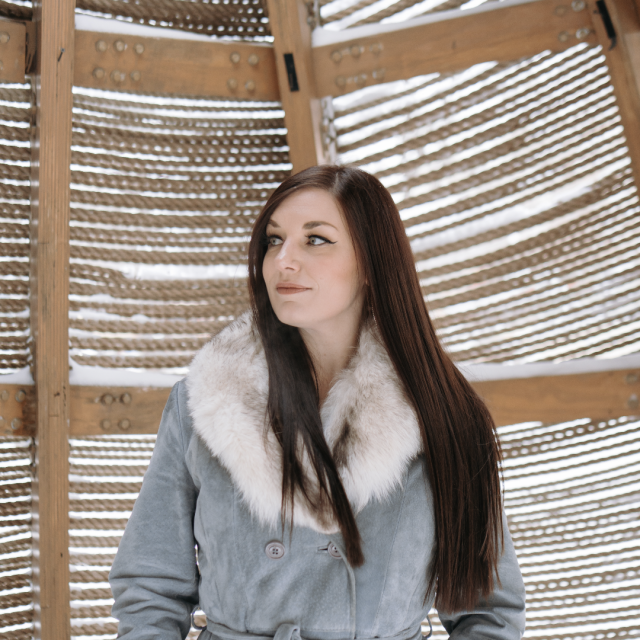Tagged: Brands
Marketing Your Brand Through Storytelling
- by Alyson Shane

Stories are way more memorable than regular 'ol marketing content, and are a great way to tell your audience about your brand, build trust, and help them see you as more than just a company or an organization.
There are a couple of ways that your brand story is built: either through content created by you (blog posts, social profiles, etc) or by stories and experiences that your audience share online.
The culmination of both of these tells your brand story, and by being pro-active and sharing content about you, your team, and your brand, you can help shape the way that your audience interact with you, and influence how they help you tell your brand story.

Tell your origin story
Like any good superhero, your brand needs an origin story. Nostalgia is the best way to connect history to your brand, product, logo, etc and it helps re-affirm your brand's vision and goals to your audience.
It doesn't have to be wild and crazy (unless you actually were bitten by a radioactive spider) but it does have to meet the following criteria:
- Be true (don't lie, guys. The internet will find out and you'll lose all your cred)
- Be interesting (really this is just in how you tell it; rhetoric is key)
- Be honest (tell your audience what motivated you, what your struggles were, etc)
This is important because people want to know the history behind a brand or product before they begin to attach themselves to it emotionally. The more compelling your reasons for founding your cool startup or starting to knit all those awesome cat sweaters, the more people will give you emotional buy-in (that is, start to genuinely care about you) and the more attention you'll get.
Talk about your goals & challenges
Once you've started to share where you came from, talk about where you're going and chronicle the steps you're taking to get there. Share blog posts, photos and video of the project as it develops. Blog regularly about your progress, the things you've learned, technical problems you've been struggling to solve (and how you solved them) - anything that shows your audience that there's a real person (or team of people) behind the scenes.
If you're a multi-person organization, having various team members from different parts of your company share content is a great way to connect with a variety of audience members. For instance, have a programmer blog about challenges they had building a section of your product, or have your graphic designer share an Instagram photo of a few concept pieces (bonus points if they can briefly discuss why they were or weren't rejected.) By sharing a variety of stories describing your goals and challenges, your brand appears more dynamic, interesting, and relatable.
Talk about your audience
One of the best ways to connect with your audience is to tell a story about one of your consumers, or a member of your community. This is a neat trick to include people in your brand's larger story, and encourages others to contact you with their own experiences in the hopes that they can be included, too.
A great example of this is Apple's iPhone commercials, which show regular people taking photos and video using their iPhone camera. This is a great example of brand storytelling, and it doesn't even use words! The reason this is a powerful technique is because showcasing other people's experiences helps put your audience in a similar mindset. They start thinking "what is my experience like? Do I relate to what I've seen? Why or why not?" (maybe not quite that linear, but you get my drift.)
But what do you do if you don't have a product on the market to replicate an Apple-esque story? Instead, find testimonials from people who have tried your software, worked with you in some capacity, or done some beta-testing and would be comfortable sharing their experiences. Don't limit yourself to consumers; anyone can be a part of your brand's story if you invite them in.
Still stuck?
Here's a handy print-out for you to fill out and use (or just to get you thinking!) about the kinds of stories you can tell about your brand.

Do you have any favourite brand stories? Have you ever been featured in one? I'd love to know!
